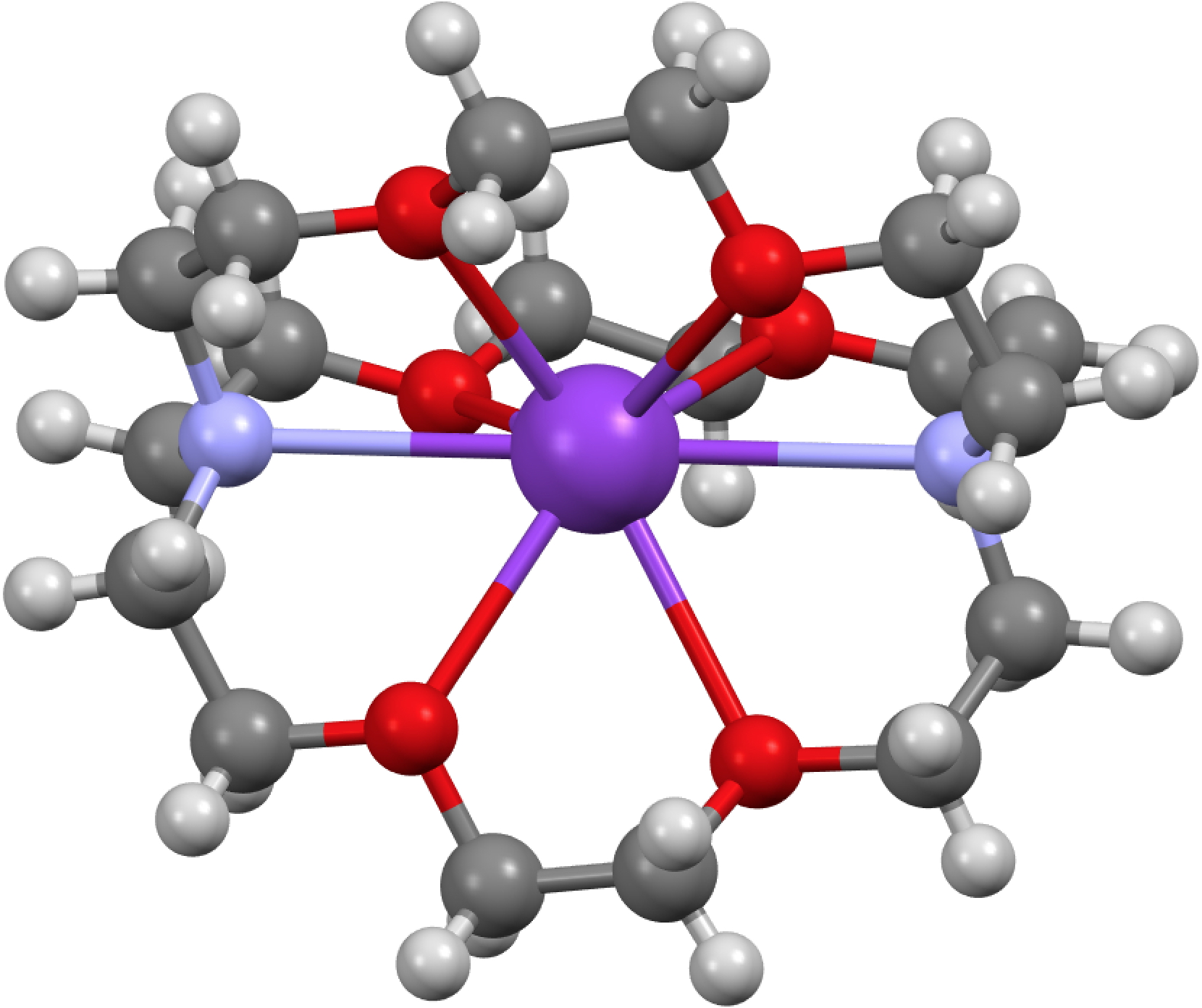
Peter Edwards has just given the 2015 Hofmann lecture here at Imperial on the topic of solvated electrons . An organic chemist knows this species as “ e – ” and it occurs in ionic compounds known as electrides ; chloride = the negative anion of a chlorine atom, hence electride = the negative anion of an electron.